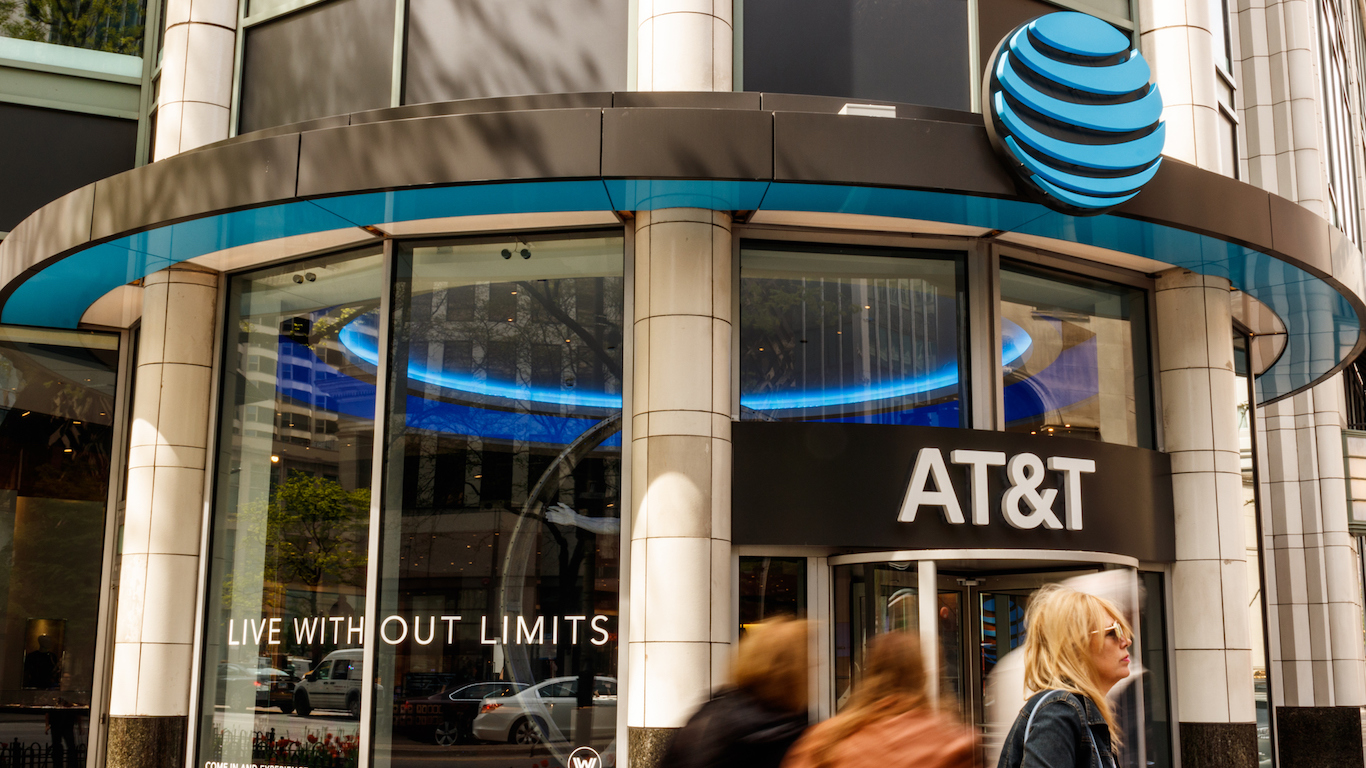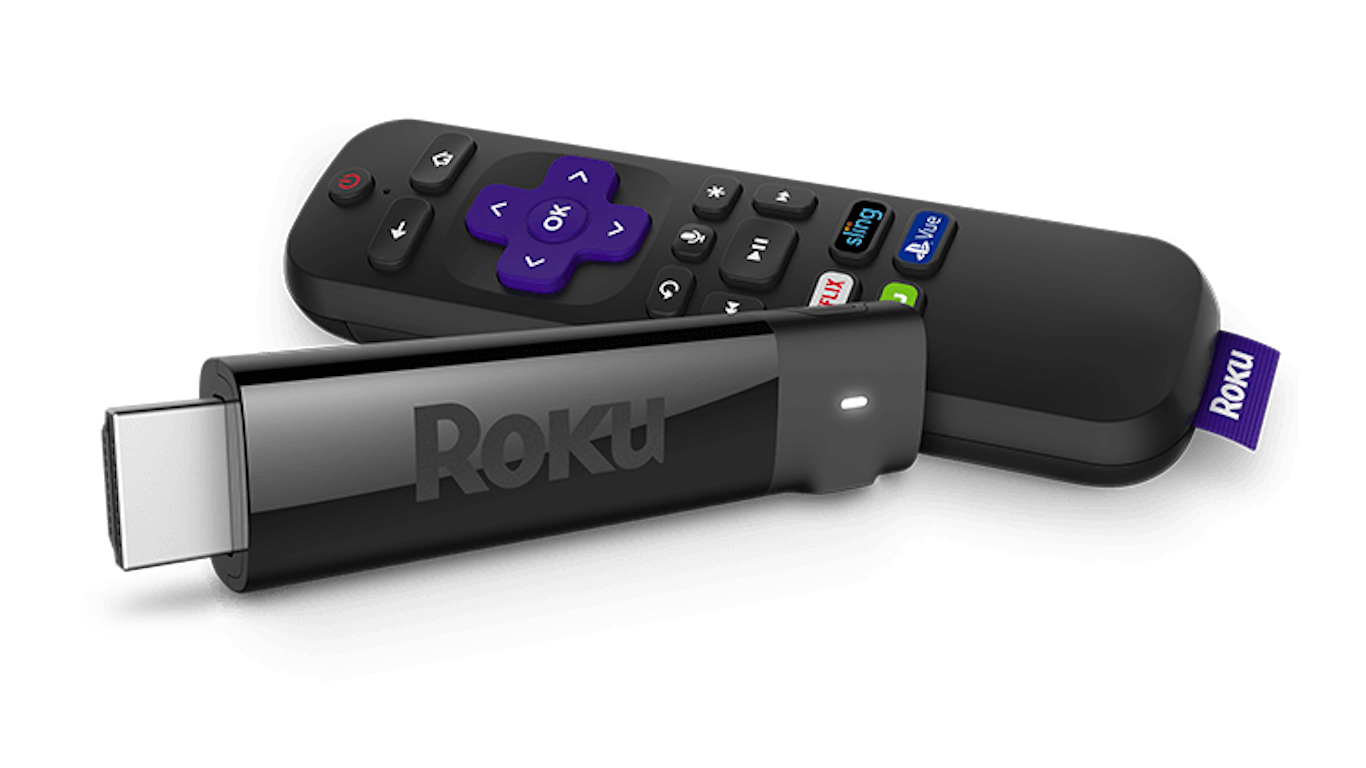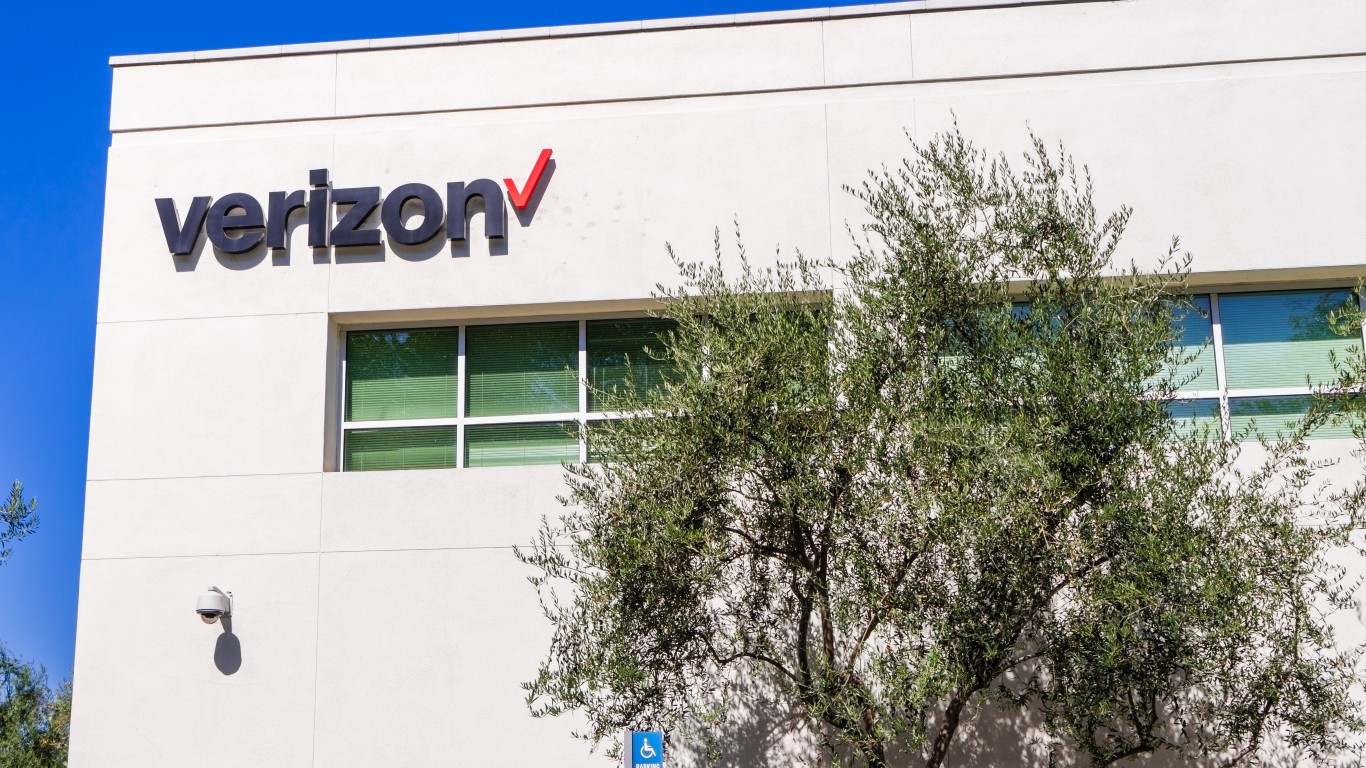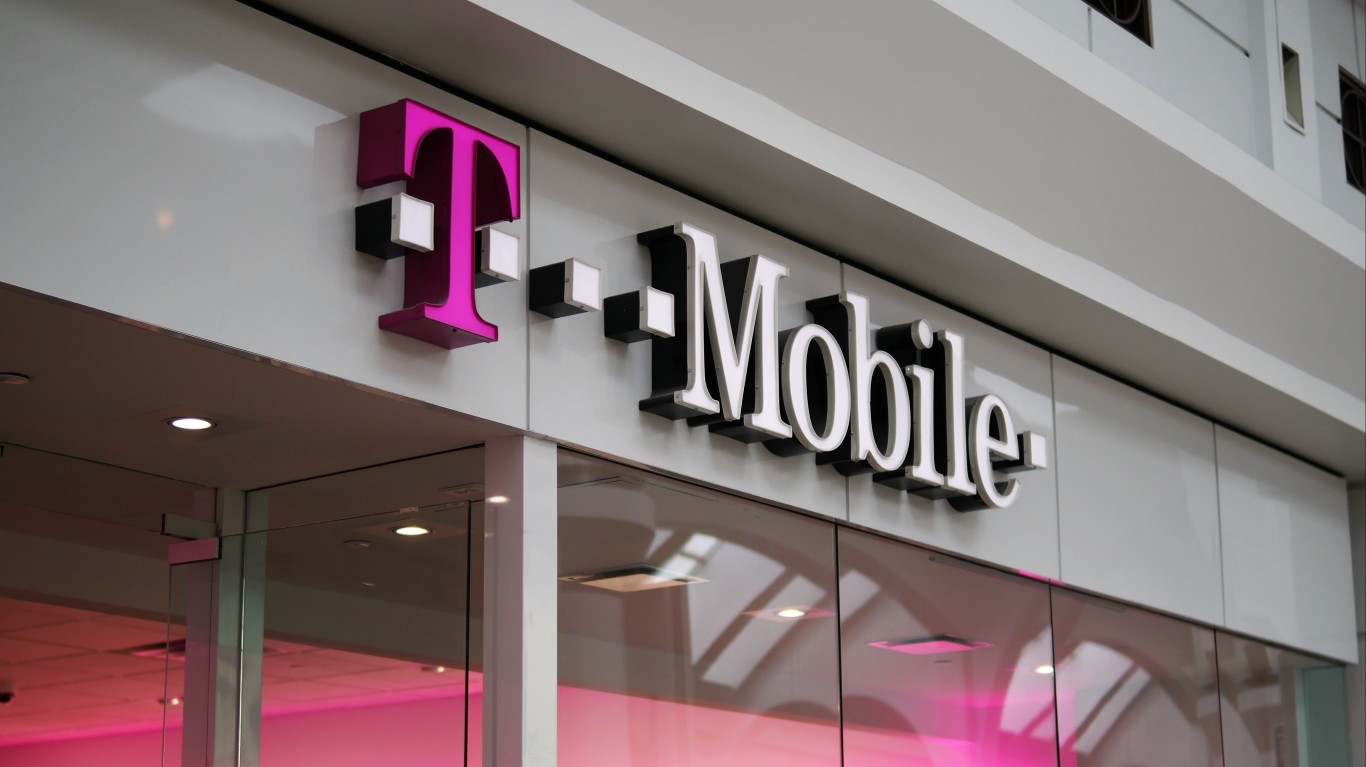
Corporate America is just beginning to explore the possibilities of 5G networks that are being rolled out by AT&T (NYSE: T) and competitors. Experts say the super-fast fifth generation of wireless technology could fundamentally change how consumers interact with each other and businesses.
The enhanced speed will make virtual reality and augmented reality applications possible. It’s a whole new toolkit for companies marketing and selling their products. Experts expect new applications (think 2021, 2022) in the same way that 4G made apps like Snapchat and Uber possible.
Widespread adoption could be a boost to the wireless service carriers who excel at the 5G game. AT&T is now in a race with Verizon Communications Inc. (NYSE: VZ) and T Mobile US Inc. (NASDAQ: TMUS) to roll out the most reliable and comprehensive 5G network.
AT&T stock is down 25.09% year to date, while Verizon is down 10.71% and T-Mobile is up 26.66%. That compares with the S&P 500, which is down 7.78% for the same period.
It’s a Whole New World
The adoption of 5G could be boosted by permanent changes in consumer behavior brought on by the COVID-19 pandemic. With stores closed and Americans sheltering in place, online became the de facto space for interacting with businesses.
Bricks and mortar locations were facing headwinds even before the pandemic, as Wall Street has noted. With bankruptcies and major cost-cutting, some stores and restaurants will never reopen. Those that do reopen may find Americans won’t necessarily interact with them in the same way.
Already, businesses are radically reconfiguring their physical spaces: adding plexiglass barriers, placing social-distancing markers on floors, spacing out seating areas, moving to no-touch payment systems, etc. Expect the whole retail scene to change rapidly over the coming year as the pandemic evolves.
To entice customers to physical locations, businesses may also introduce more interactive shopping experiences. 5G-enabled cell phones give marketers a whole new avenue for interaction. Think of how Pokemon Go, the popular 2016 augmented reality game, tied virtual characters to real-world locations.
A social media trend report released earlier this year predicted that augmented reality “will be integral to boosting fleeting numbers of bricks and mortar stores, offering interactive shopping experiences.” Consumers might be encouraged to use their phones while visiting stores to unlock special deals or gain loyalty points.
“From dinosaur hunts to playing against soccer pros, you’re giving customers interactions that can’t be experienced at home,” said the report, produced by Talkwalker, which offers social media analytics, and HubSpot, which provides marketing and customer-service platforms.
Lowe’s Holoroom, an in-store virtual experience that allowed customers to test-drive power tools, was cited as an example. That program required users to put on a virtual reality headset. But 5G allows similar applications to take place directly on consumer’s cell phones.
Whether in retail stores or at home, consumers will be offered chances to “pre-experience” products and services. Consider Japan’s ANA airline, which unveiled a virtual travel initiative last fall.
Using small robots deployed at locations around the world, cell-phone users could interact with places they might decide to physically visit later. ANA planned to deploy 1,000 of these robots in time for the summer Olympics in Tokyo, which are now postponed. There was even a plan to deploy the robots in Japanese department stores, allowing at-home consumers to virtually shop in real stores.
Another application is Coca-Cola’s augmented reality soda cans. By scanning a code on the can, consumers are able to watch augmented characters come to life on their cell phones.
“When it becomes possible to send and receive large volumes of data at a different
level than before, we expect social media … to enter the era of [virtual reality] and [augmented reality],” said Yosuke Noguchi of Opt Inc., an advertising firm in Tokyo. “In order for companies and brands to exert influence on social media, we recommend that you put an antenna in this field as the first movers can take advantage of it.”
AT&T’s 5G Rollout
In late April, AT&T nearly doubled the availability of its low-band 5G network with a rollout to 90 new areas, including big markets like Chicago, Seattle, Tampa and New Orleans. With the additions, AT&T 5G now covers 120 million people, while competitor T-Mobile covers over 200 million. Verizon lags behind, expecting to be in 60 cities by the end of 2020.
“We expect to have mobile 5G service nationwide to more than 200 million people by the second quarter 2020, and with that availability, we anticipate the introduction of 5G handsets and devices will contribute to a renewed interest in equipment upgrades,” AT&T said in an SEC filing.
While AT&T refines its 5G rollout, COVID-19 shutdowns may have sped the deployment of infrastructure across the industry. “One thing happening right now in the U.S. and other countries is that there aren’t many people in the streets,” Qualcomm President Cristiano Amon told Barron’s this week. “The carriers are ahead of schedule—it’s the perfect time to dig trenches, lay fiber, and erect new antennas. The carriers are accelerating the rollout by at least a quarter.”
Competition for 5G customers will be stiff. Comcast this week added 5G service for free for its Xfinity Mobile customers. Comcast and Charter are primarily cable TV/home broadband companies but they’ve moved aggressively into the mobile space. “Comcast’s Xfinity and Charter’s Spectrum Mobile reported postpaid wireless net adds in the first quarter that surpassed both AT&T and Verizon’s postpaid net adds,” according to FierceWireless, which covers the industry.
Venezuela Pullout
There was also news in Latin America for AT&T this week. The company said it was immediately shutting down its DirecTV offering in the country because U.S. sanctions prohibit it from broadcasting channels required by the socialist administration of Nicolás Maduro.
AT&T has been stuck in a political fight between Washington and Caracas. DirecTV had about 44% of the pay-TV market in Venezuela.
Get Ready To Retire (Sponsored)
Start by taking a quick retirement quiz from SmartAsset that will match you with up to 3 financial advisors that serve your area and beyond in 5 minutes, or less.
Each advisor has been vetted by SmartAsset and is held to a fiduciary standard to act in your best interests.
Here’s how it works:
1. Answer SmartAsset advisor match quiz
2. Review your pre-screened matches at your leisure. Check out the advisors’ profiles.
3. Speak with advisors at no cost to you. Have an introductory call on the phone or introduction in person and choose whom to work with in the future
Thank you for reading! Have some feedback for us?
Contact the 24/7 Wall St. editorial team.
 24/7 Wall St.
24/7 Wall St.


